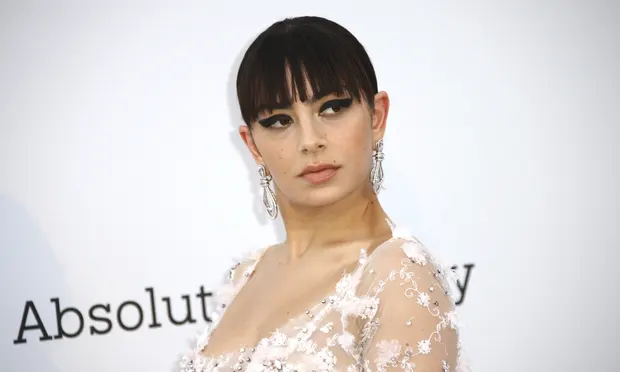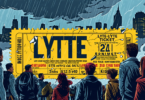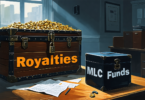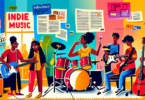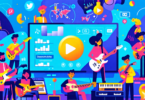After Charli XCX left social media citing unkindness from fans, musicians are opening up about the pressures of maintaining an online presence
‘I have been feeling like I can’t do anything right at the moment’ … Charli XCX in 2019.
Written By: Rhian Jones@JonesJourno
The run-up to an album release is all about teasing and pleasing the fans: thrilling videos, the promise of a fantasy-fulfilling collaboration, the drip-fed unveiling of a musician’s new era. But earlier this month, the British pop star Charli XCX said she was stepping back from Twitter after receiving negative comments from fans about the campaign for her forthcoming album, Crash.
“I have been feeling like I can’t do anything right at the moment,” she said. “I’ve noticed lately that a few people seem quite angry at me – for the choices of songs I’ve chosen to release, for the way I’ve decided to roll out my campaign, for the things I need to do to fund what will be the greatest tour I’ve ever done. I’ve been grappling with my mental health the past few months and obviously it makes negativity and criticism harder to handle.”
For now, she said, she would draft tweets for her team to post on her behalf, “because I can’t really handle it here right now”.

Charli XCX (born Charlotte Aitchison) isn’t the only major pop star to retreat from social media: Billie Eilish abandoned Twitter to preserve her mental health; the US indie star Mitski deleted her accounts after the conclusion of her 2019 tour. The problem hits musicians in a unique way. Actors are not expected to self-promote to the same extent and often eschew social media; writers generally don’t have such large followings nor the parasocial relationships that come with them.
But stepping away isn’t an option for every musician experiencing digital burnout – especially after the lack of gigs and in-person promotional opportunities diminished during the pandemic, increasing the pressure on artists to constantly share updates on their work online.
Darren Hemmings is a marketing manager who works with acts including Run the Jewels, Wolf Alice and Jungle. “There was a weird logic that became perpetuated as fact: you’re not on tour so you’ve got plenty of time to be all over everything. There are examples where that was a terrific move for some people but telling artists who have been around a long time that they need to be doing more when, in reality, they’ve got less to say because they’re not doing anything, leads to this ‘always on’ mentality that I think is pretty unhealthy.”
As XCX noted, social media isn’t exactly a haven for kindness and positivity. And it’s not just negative comments that can make it difficult for musicians. The expectation to constantly put on a happy face can be “draining” says German singer-songwriter Au/Ra, who says she pressurises herself to keep up with the online world. “It is something I judge myself for, it’s a guilt pattern and a comparison thing to other social media accounts.”
Sara Quin of Canadian pop duo Tegan and Sara says she derives “0% pleasure” from the Google Doc containing the band’s social media calendar: “Myspace or Facebook posts used to be an add-on but now it feels like making music is about making assets for social media.”
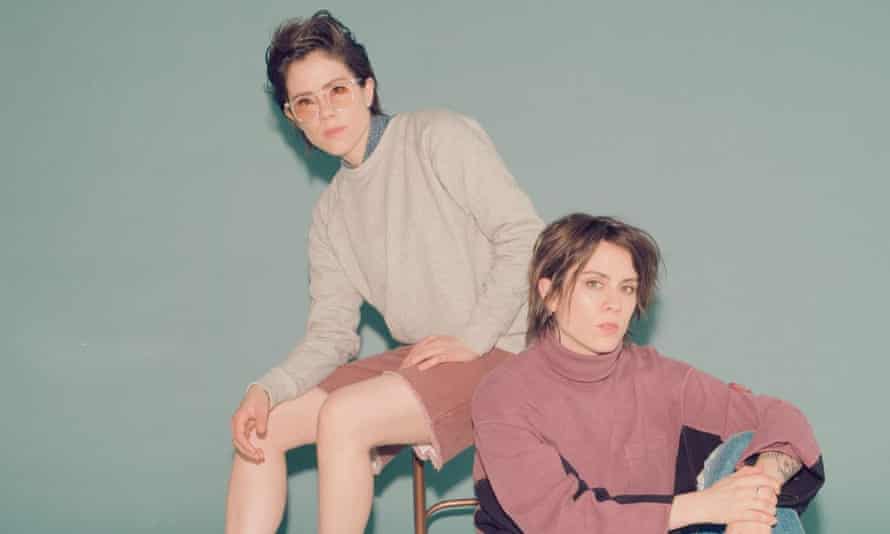
‘We like our words and our ideas and our stories have value’ … Tegan and Sara. Photograph: Trevor Brady
Yet when the duo were searching for a new record label, they repeatedly encountered expectations that they should have a widespread and active online presence. “We’re always looking for new revenue streams and opportunities because we’re not touring and I hate to admit it, but our social media reach dictates everything for a band like us,” says Quin. “Our online metrics equate to how much a record company will give us for a record or how much [US festival] Coachella will give us to play Saturday at 3pm.”
The two years of the pandemic also correspond with the rise of TikTok as a key platform for music discovery and promotion: new acts including UK producer PinkPantheress and Brit award-nominated UK singer songwriter Mimi Webb first found an audience there. So did US country artist Priscilla Block, who got her start by posting original content and music five times a day or more, according to her co-manager, Crystal Block. Within a few months of putting all her spare time into the app, she released a song, Just About Over You, which was funded by fans through a campaign on TikTok. The track went viral, landing at No 1 on iTunes’s all-genre chart, and helped her secure a record deal. Block just released her debut album, Welcome to the Block Party, but the work doesn’t stop there. Now, says Crystal, “there is always that pressure to make everything new go viral”.
That potential to reach new listeners has record labels pressurising artists to add another social media platform to an already overflowing plate that typically includes Instagram, Twitter and Facebook. Even Adele, who had the biggest-selling album of 2021, isn’t immune: in an interview with Zane Lowe, she recalled a meeting where someone at her label suggested that she got on TikTok to ensure 14-year-olds knew who she was.
Beyond the few examples of acts whose social media presence has paid obvious dividends, Hemmings questions whether all the time and effort musicians spend on social media is worth it. Due to limited reach, not every post will be seen by their audience, unless it’s a paid-for advert. “You see a lot of artists shouting into the void,” he says.
Instead, Hemmings encourages those he works with to build communities on channels that create a more direct route to fans, as with pre-social media fanclubs. It’s a burgeoning world: Run the Jewels have an email database; dance behemoths Chase & Status have a WhatsApp group with fans; British indie artist Bat for Lashes established a Patreon offering exclusive content.
In 2020, Sheffield metalcore band While She Sleeps also started their own fan membership platform on Patreon, Sleeps Society. It has about 1,500 members. “It doesn’t sound like a huge amount of people but it makes enough money to keep the band afloat,” says guitarist Mat Welsh.
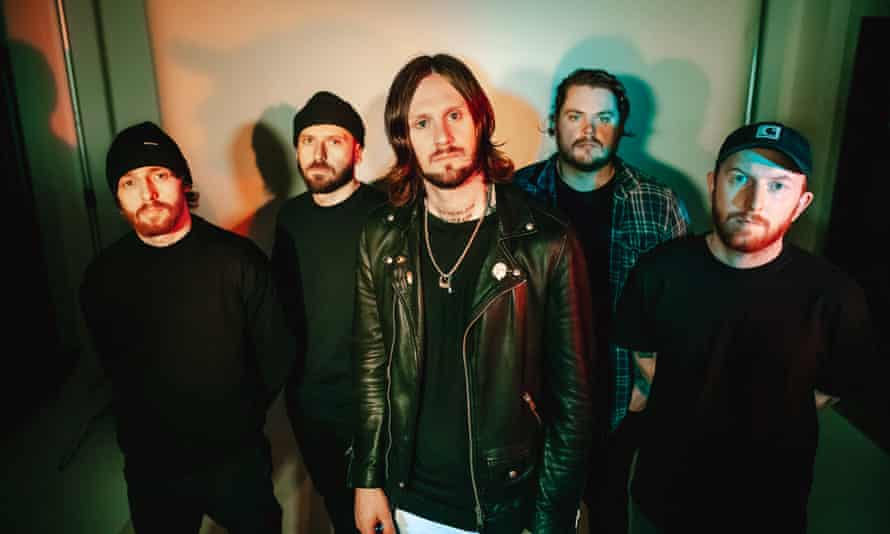
‘It makes enough money to keep the band afloat’ … Mat Welsh (far right) of While She Sleeps. Photograph: Marcia Richards
In January, Tegan and Sara launched a Substack newsletter offering in-depth insight into their creative process, which has more than 6,000 subscribers and a paid-for tier priced at $6 (£4.40) a month. “Substack is us unselfconsciously saying, ‘We like our words and our ideas and our stories have value’,” says Quin. “So much of what social media feels like is that we work for those companies, like Spotify, Instagram and Facebook, and don’t necessarily feel any benefit. It feels like I’m always just supplying more content for the food chain.”
Still, these alternatives aren’t wholesale replacements for social media. “I want to find people where they are,” says Quin. “I’m not trying to siphon them all into one place, but I’m never going to lie and tell you that I like social media. I hate it but I will do it because I don’t want people to miss out.”
Welsh agrees: “Sleeps Society and social media are complementary for us. Our social channels are there for casual fans who want to engage on and off but the community is for those who would consider us ‘their’ band.”
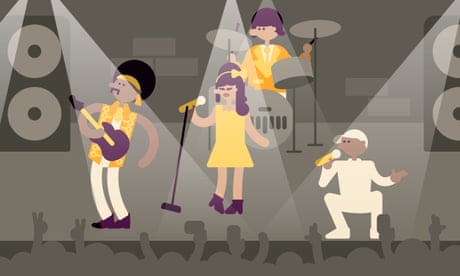
Despite the emerging alternatives available, the catch-22 remains for artists trying to have a healthier relationship to the internet while also promoting their work in an ever-more competitive field.
“Fans are intelligent people who can immediately see through artists spending time trying to do it all or having an impact just because they feel they need to be,” says Sophie Kennard, manager of Chase & Status. “The moment that it feels a bit disingenuous, it’s game over anyway. So they might as well utilise their time elsewhere.”
Ultimately, despite all the pitfalls of social media, there may be no going back. “Sometimes I wish the electrical grid would go down so I wouldn’t have to do it any more,” says Quin. “But we’re in the maze and I don’t know how to get out.”
Source: The Guardian

